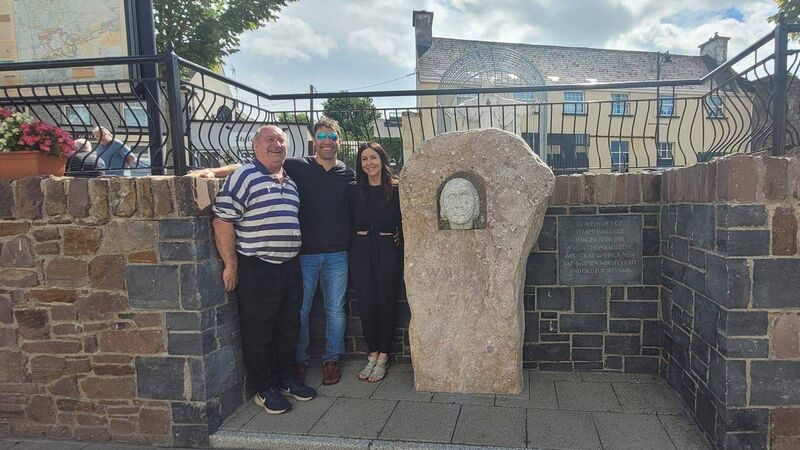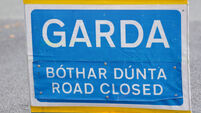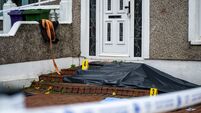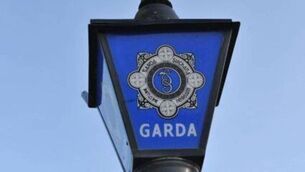Chance meeting with American tourist could answer mystery of skeletal remains

A chance meeting between an American tourist and a local historian in a small Limerick town could answer a 224-year mystery. Pictures: James O'Brien
A chance meeting between an American tourist and a local historian in a small Limerick town could answer a 224-year mystery.
Nebraska woman Lease Tannehill-Neumann is a seventh-generation descendant of Patrick ‘Staker’ Wallis, a United Irishman executed in 1798.
















